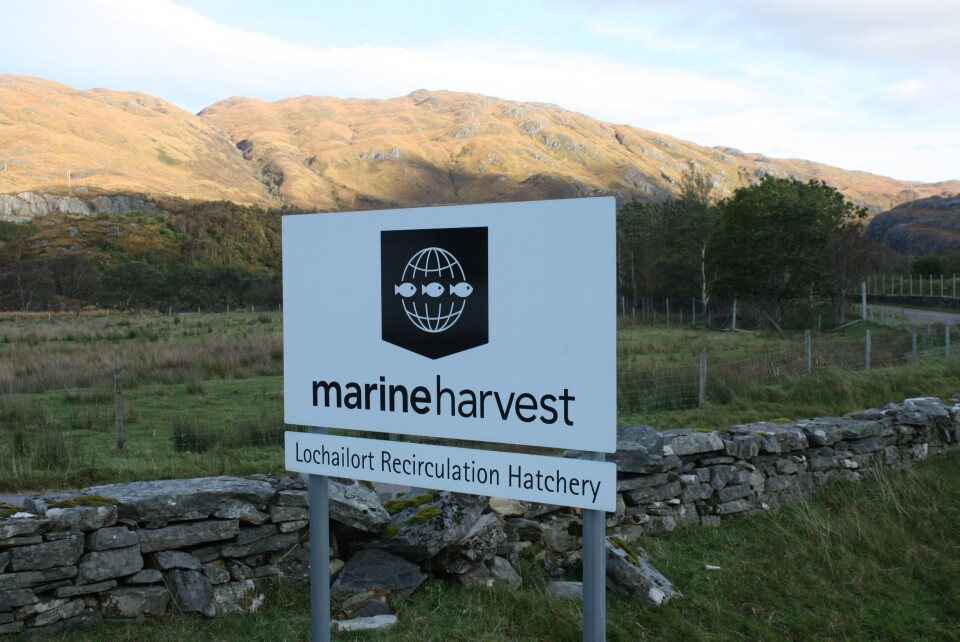
Production costs hit MH Scotland
High feed costs, poor feed conversion rates and €1.4 million of lice treatment-related losses have combined to create a tough opening quarter to the year for MH Scotland.
Indeed, while Q1 2015 was plagued by biological challenges and high levels of mortality, production costs have actually risen by 11%, according to the group’s latest quarterly report, which was published this morning. Moreover, the company expects costs to rise even further in Q2.
On a more positive note, non-seawater costs per kg harvested decreased in the first quarter of 2016 compared to the first quarter of 2015, due to lower costs related to incident-based mortality as well as positive scale effects from higher volumes.
Also, while a strong GBP towards the NOK in the last few quarters has further reduced competitiveness for Scottish salmon, the recent weakening of GBP towards the NOK is expected to have positive effects.
Moreover, the ongoing restructuring process aims to make Marine Harvest Farming Scotland more efficient and sustainable. Consultations with staff have been completed, with 80 lay-offs confirmed, although it will take some time before the measures taken in Scotland will materialize in improved earnings.
Harvest volumes
The first quarter harvest volume was 12,620 tonnes gutted weight, which is an increase from the corresponding quarter in 2015 (7, 112 tonnes). Harvest volumes are now back to a more normal
level, while harvest volumes in the first quarter of 2015 were negatively affected by health issues and related mortality losses.
EBIT
Operational EBIT amounted to €8.5 million in the first quarter (€2.3 million), which was €0.68 per kg (€0.32). Operational EBIT is negatively affected by allocated losses from the Rosyth processing operation in the amount of €6.8 million.
Price and volume development
The reference price in local currency was up by approximately 38% in the first quarter of 2016 compared to the first quarter of 2015, due to reduced supply from European suppliers, lack of available domestic salmon and strong European demand. Price achievement for salmon of Scottish origin relative to the reference price is impacted by negative margin on sales from the Rosyth processing plant. Adjusted for this, price achievement is 94%. Negative contract contribution in a market with increasing spot price has also impacted price achievement compared to the first quarter of 2015. In the first quarter of 2015, contract contribution was positive due to favourable contract prices and a high contract share. Although the price achievement compared to the reference price was lower in the first quarter of 2016, the absolute price achieved has increased compared to the first quarter of 2015, mainly due to an increased reference price.






















































